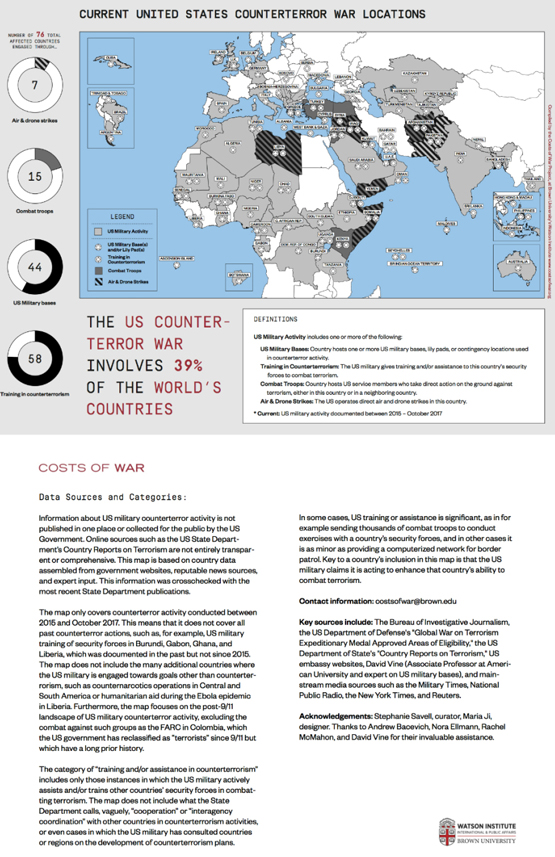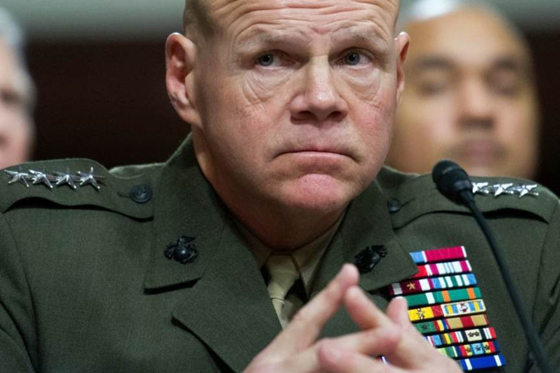
When the U.S. military boasts of “global reach, global power,” it’s not kidding. As Nick Turse notes in his latest article at TomDispatch.com, that military deployed in one way or another to 149 countries in 2017, roughly 75% of countries on the globe. Talk about reach! Meanwhile, America’s Special Ops forces have more than doubled since 2001, sitting at 70,000 effectives today, the equivalent to five divisions. (Consider it a military within the military.) All of this has come at tremendous cost, with this year’s defense budget sitting at $700 billion–and rising for the foreseeable future.
For all the bucks, what about the bang–what about results? Let’s just say that Iraq, Afghanistan, Libya, Yemen, Syria, Niger, and other U.S. military interventions haven’t gone well.
Yet there is one country where the U.S. military truly rules; one country which the U.S. military has truly conquered. Where and which? The USA, of course. No matter its losses and frustrations overseas, the U.S. military keeps winning more money and influence here at home. Congress loves it, presidents love it, our culture (mostly) loves it, or at least is urged to “support” it irrespective of results.
Continue reading “The Most Important Country the US Military Has Conquered”




